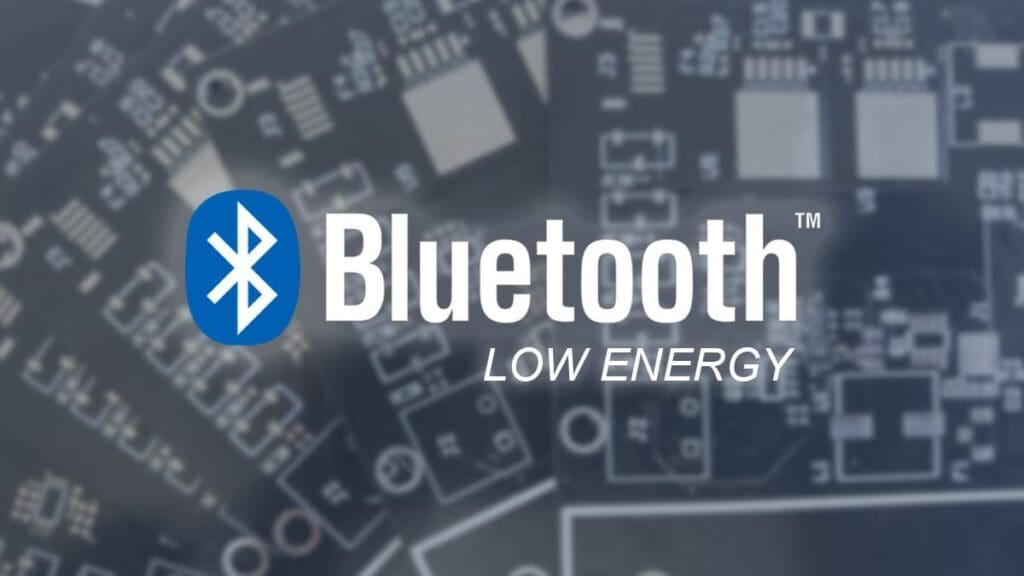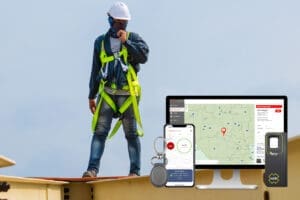There are several flavors of Bluetooth , to make it simple “Classic” and “Low Energy” are the 2 most important. The first is the Bluetooth that enables our wireless keyboards and mice, along with wireless headsets and speakers. Bluetooth Low Energy (BLE) uses a lot less power and is designed for areas like healthcare, fitness and beacon type application. The standard evolved over several years from Bluetooth version 2.0, 3.0, 4.0 and now 5.0. Each new version was targeting new objective: connectivity, speed, networking and range (now 5.0 is pushing on long range and mesh).
On top of that, Bluetooth 5.0 allows four different data rate, the two lower data rates of 500 kbps and 125kbps are reserved for "Long range". In radio technology, distance and speed is a question of trade-off mixed with many other parameters (frequency, error correction, packet size, and latencies). This is what we are discussing in this article. It opens an era of possibilities for new applications and markets, for solutions whose distance must cover up to 655 to 1300m.
Even if it is called Bluetooth, there are several versions of hardware and services offered by the protocols may differ.
The Pros of the latest Bluetooth 5.0
Improved distances
- Up to 655 to 1300 meters (2100 ft to 4200 ft) at a power cost
Newly broadcast capability
- It allows to communicate with all nodes or all nodes of a group (sync an event)
- Bluetooth mesh handles multicast communications using a publish/subscribe group messaging approach.
Protection with various security scheme
- Brute Force attacks
- Replay attacks
- Man-in-the-middle attacks
Large number of speeds to throttle with the distance
- Tested at 109 Kbps to 380Kbps
Connect to commercial devices
- Phones / Tablets / PCs
The Cons
Share the network with many other devices
- The function may share network with less critical devices
- Create potential heavy loaded network when phones are in the area
Far = Slow (125kbit compared to 2Mbit)
- It is hard to design a solution that will scale on a really slow network and a faster one
- You may become victim of another implementation congesting the network
Long Range and Mesh are not the best mix
- Using the bandwidth to relay or repeat packets is slowing down the network
Conclusion
Bluetooth, a definitely mature technology, is now chosen in many IoT applications. If you are more technical the following topics may interest you:
- Advertising extension: Send a general message on a specific channel
- Improve channel selection: algorithm which enables improved channel coordination with Bluetooth and non-Bluetooth traffic
- More rugged at a distance: forward error correction (correction at a physical level)

You have an idea for a project and need our expertise to achieve it?
Contact our experts!





